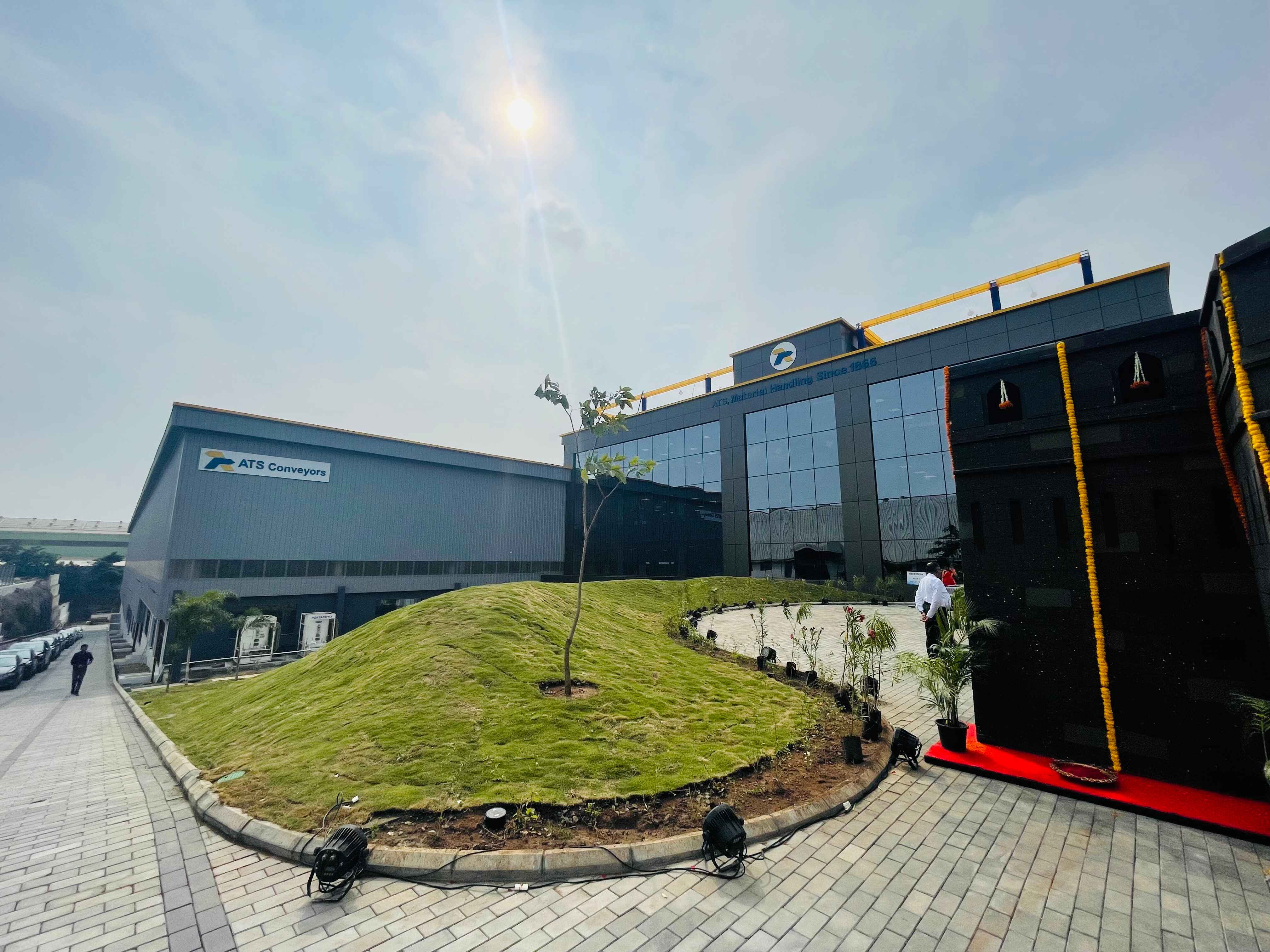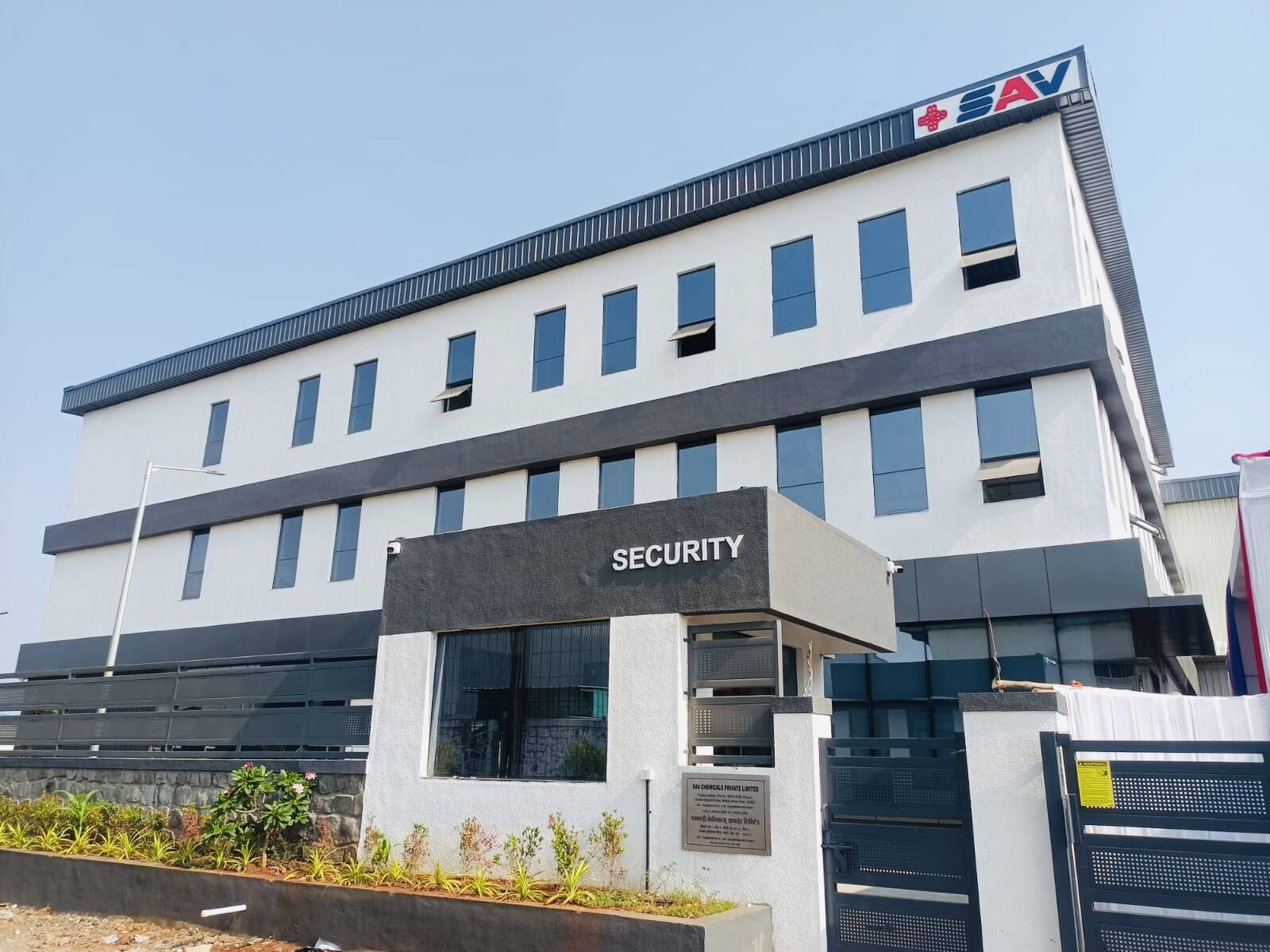Exploring Industrial Design in India: The Good, the Bad, and the Essential Role of Professionals
As India steps further into the industrial age, the role of industrial design is more critical than ever. With the rapid pace of change and innovation, it's essential to create designs that not only meet current needs but also anticipate future demands. However, the involvement of unprofessional individuals can complicate the journey. In this post, I’ll dive into the current state of industrial design in India, discuss the pros and cons of working with various professionals, and highlight why it’s crucial to have the right people on board for project success.
The Landscape of Industrial Design in India
Industrial design in India is buzzing with activity. Here are a few trends
shaping the industry:
1. Sustainable Practices: More companies are embracing
sustainability. From
eco-friendly materials to energy-efficient processes, there's a push to reduce
environmental impact. This shift isn't just good for the planet; it’s becoming a
key selling point.
2. Smart Manufacturing: Technology is changing the game.
Automation, IoT, and
data analytics are now integral to manufacturing, creating a demand for designs
that support these innovations. If a design can’t accommodate new tech, it’s
likely to be left behind.
3. Adaptable Spaces: The need for flexibility in production
areas is on the
rise. With market demands changing rapidly, businesses want spaces that can be
easily modified. This flexibility boosts productivity and responsiveness to
shifts in the industry.
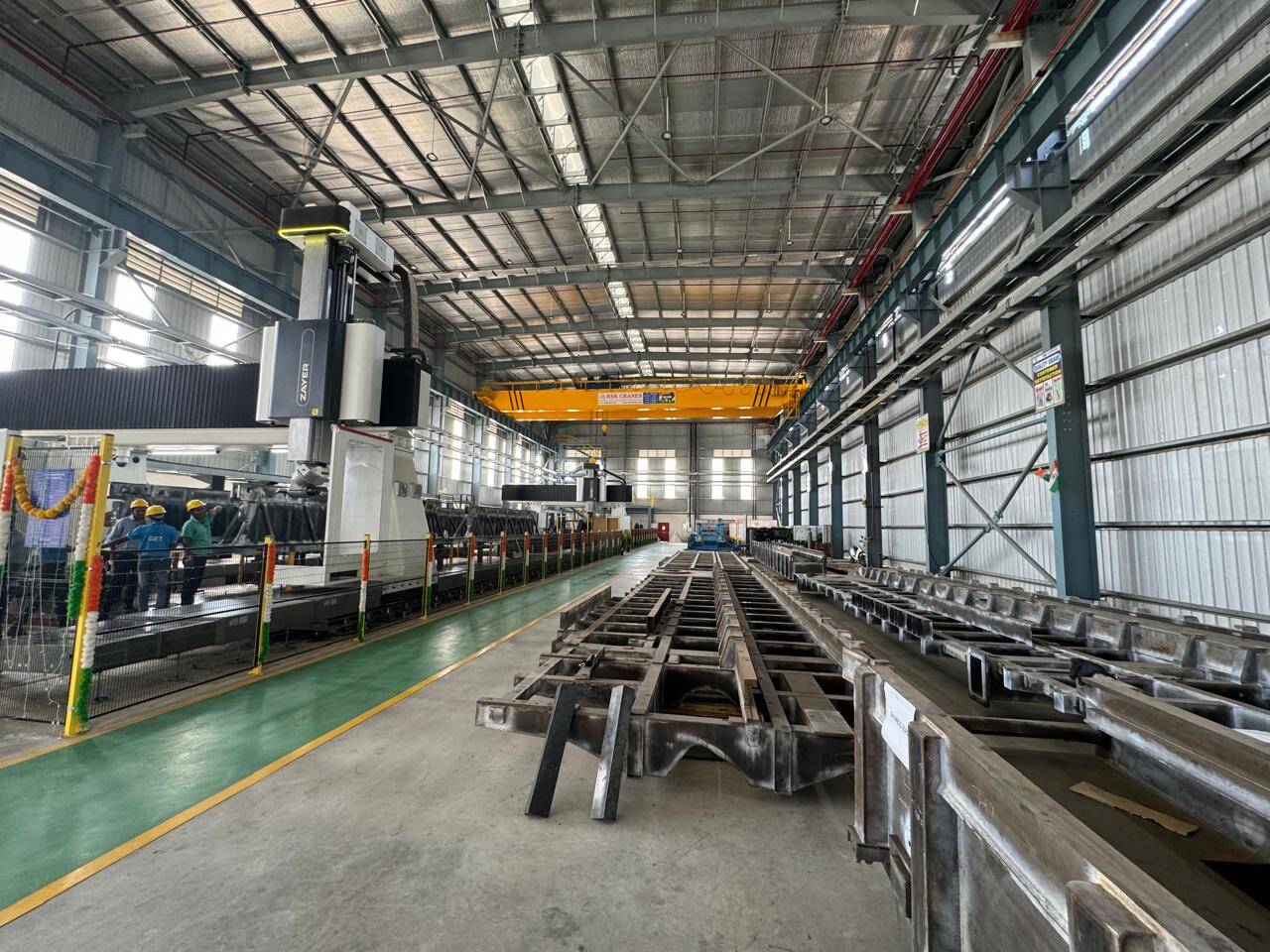
Why Collaborating with Professionals Matters
When it comes to industrial design, working with qualified architects and
professionals makes a world of difference:
1. Holistic Solutions: Good architects
don’t just create pretty buildings; they offer comprehensive solutions that take
into account functionality, aesthetics, and sustainability. They know what
materials work best and how to navigate local regulations, which can save a lot
of headaches down the line.
2. Team Coordination: Projects often involve many moving
parts. Professionals excel in coordinating diverse teams, ensuring everyone is
on the same page. This is crucial for keeping things running smoothly.
3. Structural Integrity: When it comes to Reinforced Cement
Concrete (RCC) designs, architects and structural engineers work hand-in-hand.
Their expertise ensures that structures are not only visually appealing but also
safe and durable. You want to make sure that your building can stand the test of
time and function effectively.
4. Streamlined Tendering: A well-prepared Bill of Quantities
(BOQ) and detailed tender documents created by professionals simplify the
bidding process. This clarity helps attract serious contractors, which can lead
to more competitive pricing.
5. Quality Assurance: Reputable firms implement strict quality
control measures throughout the project. This oversight is crucial for ensuring
that what gets built matches the original vision.
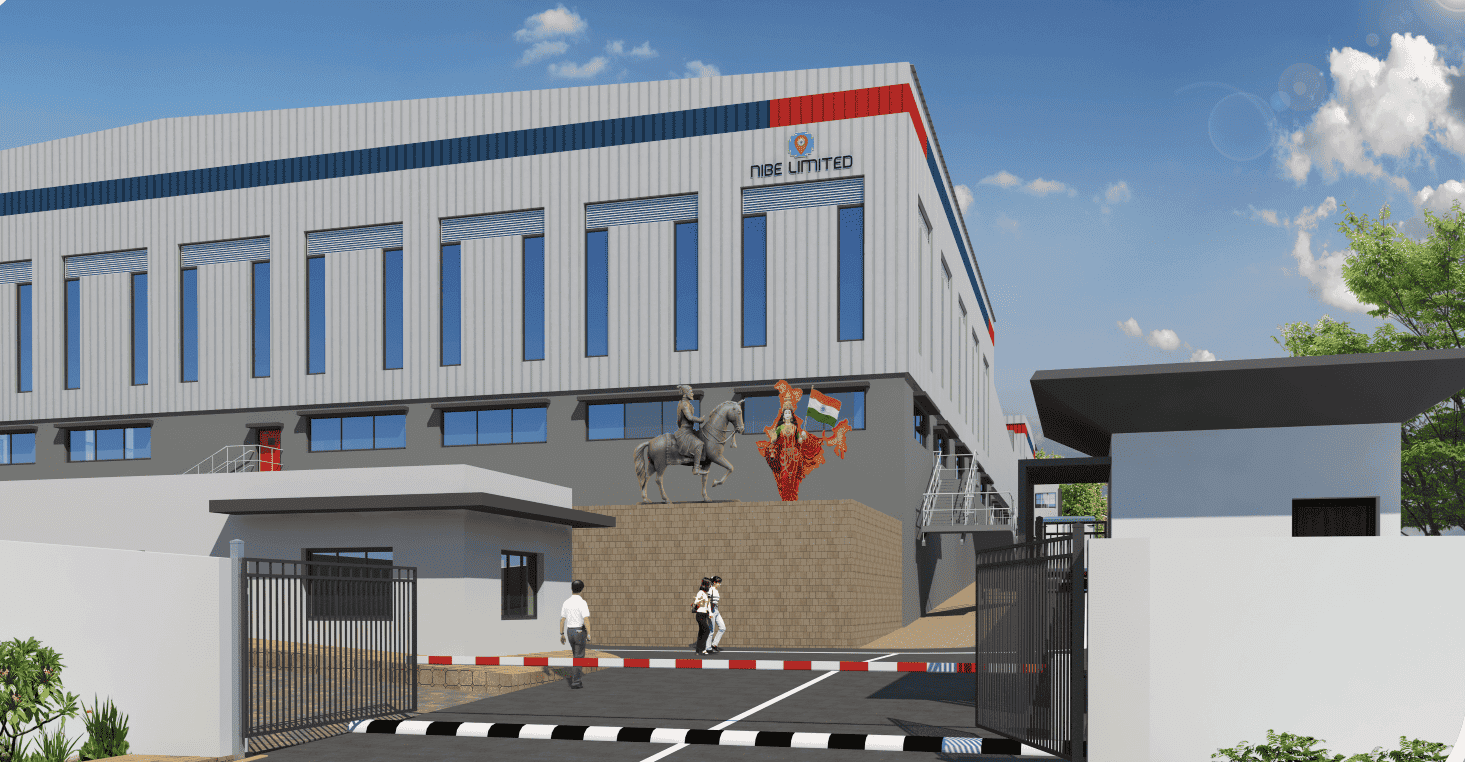
The Role of Project Management
Effective project management is essential in the architectural field, especially
in industrial design. Here’s why:
1. Planning and Scheduling: Project managers lay out clear
plans and schedules
that map out the timeline, resources, and budget. This structure helps keep
everyone focused and accountable.
2. Risk Mitigation: By identifying potential issues early on,
project managers
can create strategies to tackle risks before they escalate. This proactive
approach can save time and money.
3. Clear Communication: Regular updates and open lines of
communication among
team members and stakeholders are vital. Project managers are key in making sure
everyone is informed and aligned.
4. Tender Management: During the tendering phase, project
managers ensure that
all technical details are accurately communicated to bidders. This increases the
chances of getting qualified contractors who understand the project’s needs.
5. Monitoring Progress: Throughout the project, managers keep
an eye on progress
to ensure everything stays on track. If something isn’t going according to plan,
they can step in and make adjustments as needed.
Despite the potential for success, the industrial design field faces challenges,
especially when unprofessional individuals are involved:
1. Substandard Designs: If you hire unqualified designers, you
risk getting
designs that don’t meet industry standards. This often leads to costly revisions
and delays.
2. Communication Breakdowns: Poor communication can stem from a
lack of
professionalism, resulting in misunderstandings that can derail projects. You
don’t want to find yourself halfway through a project only to realize everyone
has a different understanding of the goals.
3. Compliance Risks: Industrial design is subject to numerous
regulations.
Unprofessional firms may overlook critical compliance issues, leading to legal
complications that can halt progress.
4. Limited Innovation: Those who don’t keep up with the latest
trends may rely
on outdated practices, stifling creativity. In a competitive landscape,
innovation is key to staying relevant.
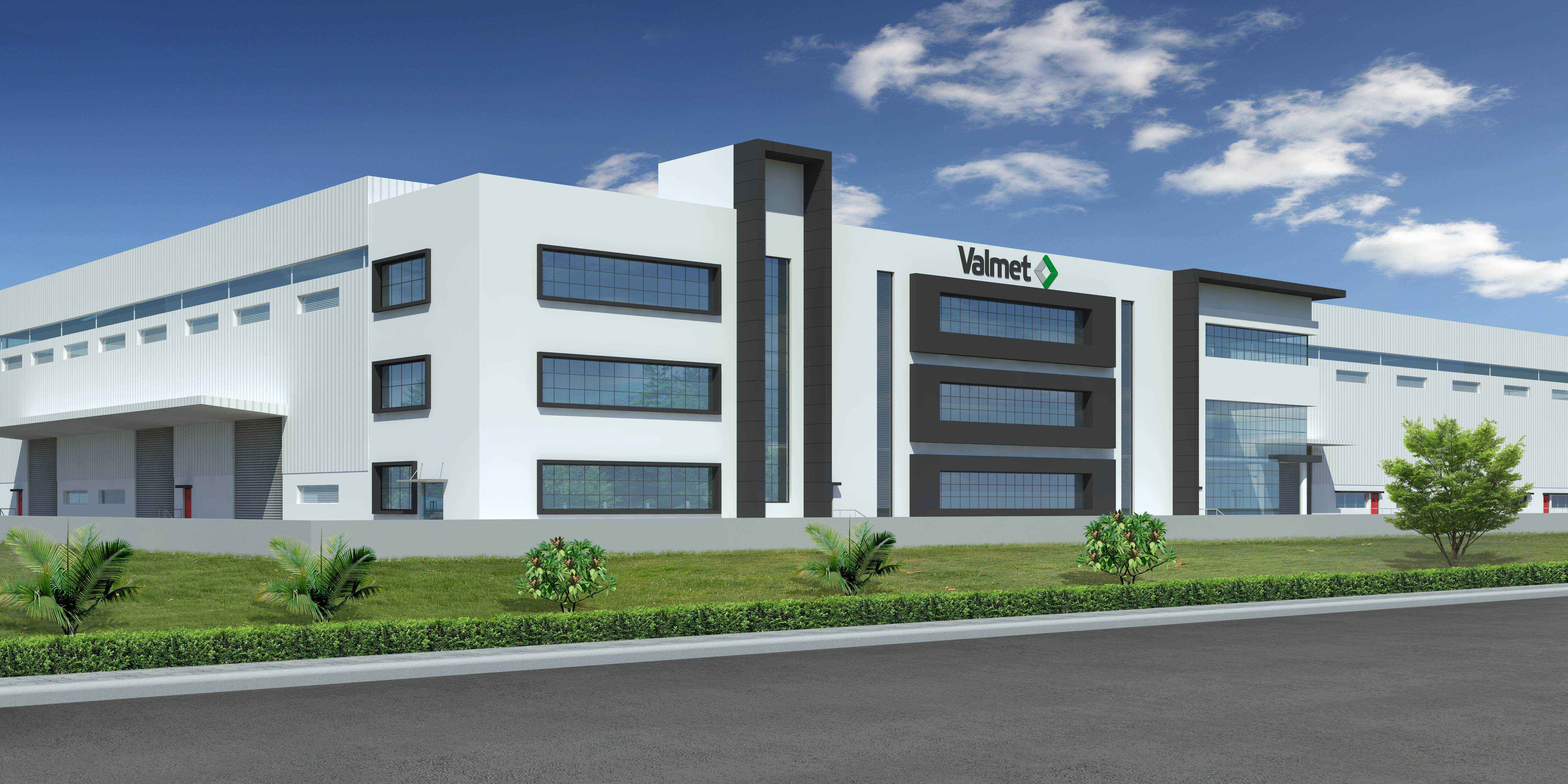
Final Thoughts
The industrial design landscape in India is full of promise, driven by
innovation and sustainability. However, navigating this terrain requires
collaboration with qualified professionals. By prioritizing expertise and
professionalism in both design and project management, industries can overcome
challenges and create successful projects.
In the end, it’s about making informed decisions. With the right teams in place,
businesses can enhance quality, efficiency, and innovation, setting the stage
for a thriving industrial future in India.

